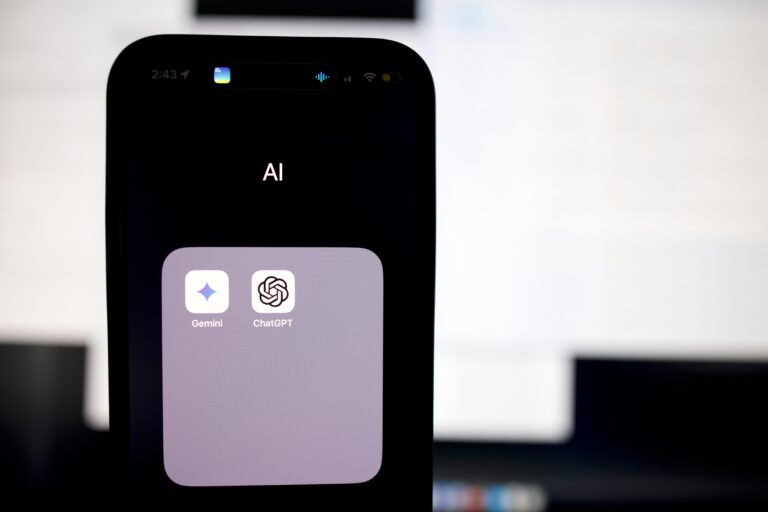Not long ago, teacher Tatiyana Webb witnessed a “perfect” moment of elaboration in the classroom, and so she went with it.
The lesson that day was on the geometric concept of dilation, which describes how a shape can change size but stay the same, well, shape. The key to successful dilation is multiplying both X and Y coordinates of the shape. If you only multiply one, the shape will stretch in just one direction, and mutate the original shape, making the figure either disproportionately wide, or long.
“Like Snapchat!” her students, exclaimed, “Like when Snapchat is stretching our faces!”
A student added that when Snapchat was stretching their faces, the program was only multiplying one of the coordinates, “so my face is only getting longer, it’s not getting wider.”
“Oh!” another student gets it. “So, if I also multiply with X, that will make my face wider?”
“Right,” said Tatiyana. She then moved the students on, “Now, we’re not talking about faces and Snapchat anymore, we’re talking about this triangle. So, how does that help us with this triangle?”
When it comes to the science of learning, the concept of elaboration has a couple of components, and in addition to the literal sense of elaborating on a concept, it also refers to making connections between the material and the student’s own personal experiences. In the above scenario, for instance, Tatiyana’s students were able to connect their understanding of a social media behemoth with the concept of dilating a triangle. They could see the math behind the Snapchat.
Elaboration is just one of the learning strategies that we at the Learning Agency are exploring within our Science of Learning video project. Teachers, from elementary to high school level, are “experimenting” with six different strategies in their classrooms. More than a dozen instructors are working with various researchers to fine-tune implementation of the techniques in their classroom. Teachers and researchers will then be sharing their reflections to share with learning environments across the country.
In a series of blog posts, we’ll cover each additional strategy and share resources for further exploration of each. The six strategies that we are exploring are:
Schools are working with researchers Drs. Megan Sumeracki, Yana Weinstein, Stephen Chew and Regan Gurung. Classrooms from Memphis, Tennessee, East Baton Rouge and Kenner, Louisiana in the southeast United States, as well as Medomack, Maine, and Leominster, Massachusetts, are involved, bringing a wide variety of student and teacher experiences to the study. In addition to teacher and researcher interviews, snippets and moments from classrooms will also be included in the final videos.
We look forward to bringing you more information on the Science of Learning Video Project as it unfolds. Stay tuned!
–Alisa Cook
How to build a learning team
An interview with Dr. David Handel
How to create a change



